30 Years Later, Why ‘Hackers’ Is Still a Nostalgic High-Tech Masterpiece
Popular Now
 Geometry Dash
Geometry Dash
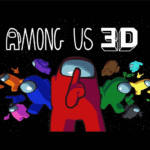 Among Us
Among Us
 Sonic the Hedgehog™ Classic
Sonic the Hedgehog™ Classic
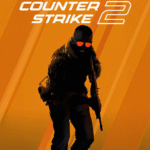 Counter-Strike 2
Counter-Strike 2
 Toca Boca World
Toca Boca World
 R.E.P.O
R.E.P.O
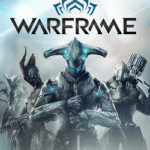 Warframe
Warframe
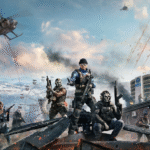 Call of Duty
Call of Duty
 Minecraft
Minecraft
 Roblox
Roblox 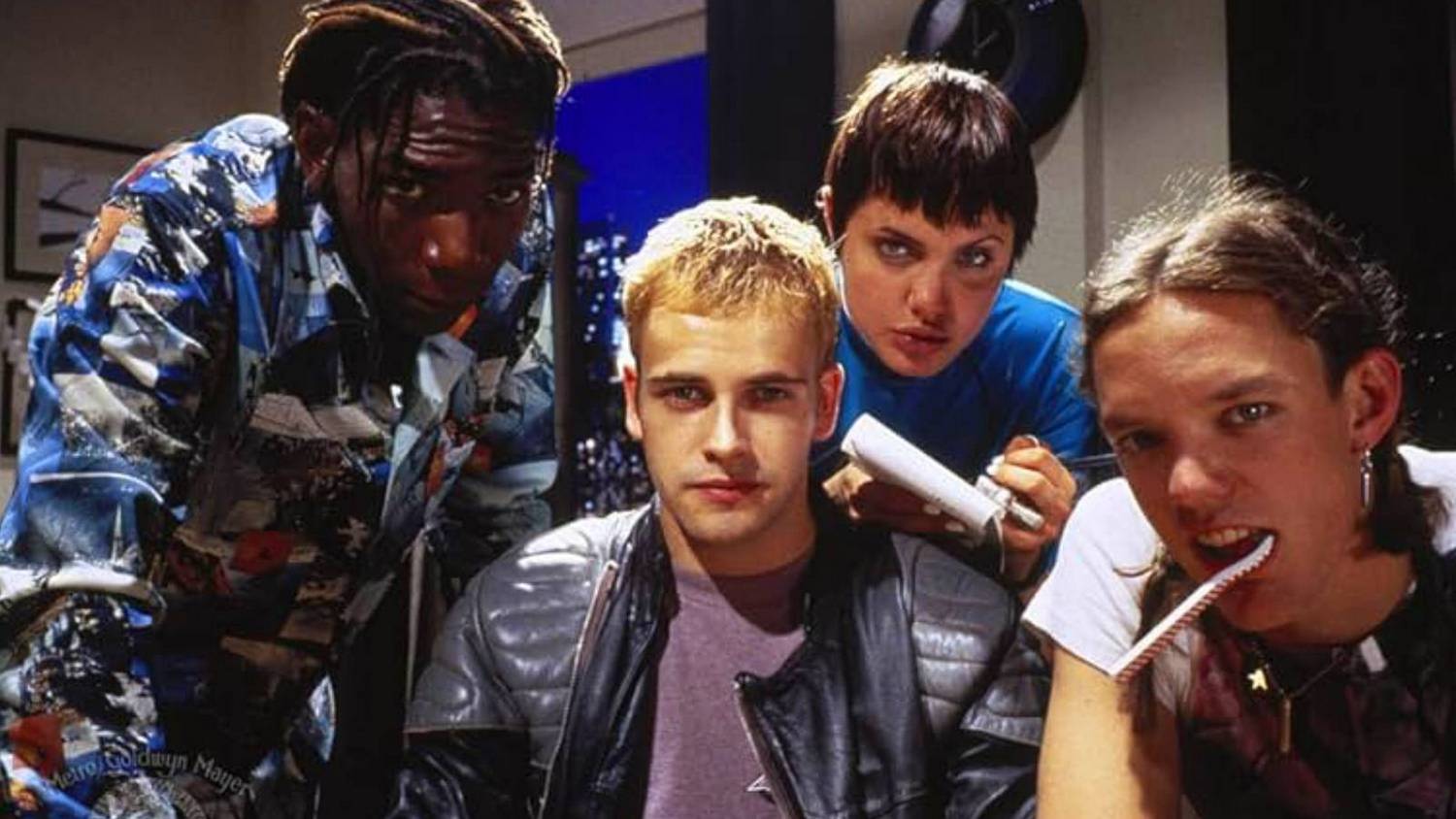 September 15, 2025, marks a significant milestone for a movie that, despite its initial mixed reviews, has transcended its genre to become a cultural touchstone. Released three decades ago, Iain Softley’s 1995 cyberpunk classic, “Hackers,” celebrates its 30th anniversary. It’s a film that, at first glance, seems like a ludicrous time capsule of outdated technology and fashion. Yet, upon closer inspection, it is precisely this flamboyant anachronism that has cemented its place as the perfect hit of ’90s nostalgia. In an era where cybersecurity is a global crisis and digital identity is a core part of existence, the film’s rebellious spirit and vibrant aesthetic continue to resonate with a new generation of tech enthusiasts and retro fans alike.
September 15, 2025, marks a significant milestone for a movie that, despite its initial mixed reviews, has transcended its genre to become a cultural touchstone. Released three decades ago, Iain Softley’s 1995 cyberpunk classic, “Hackers,” celebrates its 30th anniversary. It’s a film that, at first glance, seems like a ludicrous time capsule of outdated technology and fashion. Yet, upon closer inspection, it is precisely this flamboyant anachronism that has cemented its place as the perfect hit of ’90s nostalgia. In an era where cybersecurity is a global crisis and digital identity is a core part of existence, the film’s rebellious spirit and vibrant aesthetic continue to resonate with a new generation of tech enthusiasts and retro fans alike.
The core of “Hackers” is not about technical accuracy—it’s about ethos and rebellion. The film’s most enduring and potent element is its embrace of the hacker manifesto, a philosophy that positioned the internet as a new frontier for intellectual curiosity and anti-authoritarianism. The quote, “This is our world now… the world of the electron and the switch,” wasn’t just dialogue; it was a mission statement for a nascent digital counterculture. While real-world hacking may be a far less glamorous affair of command lines and code, “Hackers” romanticized the persona of the digital crusader, making the pursuit of knowledge and the defiance of corporate control feel genuinely cool. This portrayal, while simplified, captured a zeitgeist that was both optimistic and wary of the burgeoning digital age.
 A Stylistic Time Capsule of ’90s Excess
A Stylistic Time Capsule of ’90s Excess
What “Hackers” lacks in technical realism, it more than makes up for in pure, unadulterated style. The film is a visual symphony of ’90s aesthetics, from the neon-drenched club scenes at “Cyberdelia” to the oversized clothing, rollerblades, and futuristic, brightly colored user interfaces. It’s a cinematic mood board of the decade’s techno-futurist dreams. The iconic costumes, designed by Roger Burton, are a perfect blend of punk, grunge, and cyber-chic, giving each character a distinct visual identity that is both outlandish and memorable. This deliberate over-the-top styling is a key reason for the film’s longevity. It doesn’t pretend to be a document of its time; it’s a hyperbolic fantasy of what its time could have been.
- The Banging Soundtrack: A discussion of “Hackers” is incomplete without mentioning its legendary soundtrack. Featuring tracks from electronic pioneers like The Prodigy, Orbital, and Underworld, the music is as essential to the film’s identity as its visuals. It’s an auditory time capsule that perfectly captures the energy and pulse of the ’90s rave scene. The soundtrack alone is a significant reason for the film’s continuous popularity and is a popular item on digital streaming services, driving high-value clicks (CPC) and searches.
- The Unlikely Star-Studded Cast: While the cast may not have been A-list at the time, “Hackers” is now celebrated for its early-career appearances of future superstars. A young Jonny Lee Miller as Dade “Zero Cool” Murphy and an unforgettable Angelina Jolie as Kate “Acid Burn” Libby anchor the film with a rebellious chemistry that is palpable. The ensemble, including Matthew Lillard’s wonderfully chaotic “Cereal Killer,” brings a sense of authentic camaraderie that makes their adventure feel like a genuine “us versus them” battle.
- Prescient Themes: Despite its fantastical depiction of technology, “Hackers” was surprisingly forward-thinking in its themes. The film’s villain, “The Plague,” is an insider threat—a concept that remains one of the most persistent challenges in modern cybersecurity. The central plot, involving financial fraud and a cover-up, mirrors real-world white-collar cybercrimes. The film also touches on issues of privacy, digital surveillance, and corporate overreach, topics that are even more relevant today with the rise of social media and data breaches. This unexpected thematic depth gives the film a weight that belies its glossy exterior.
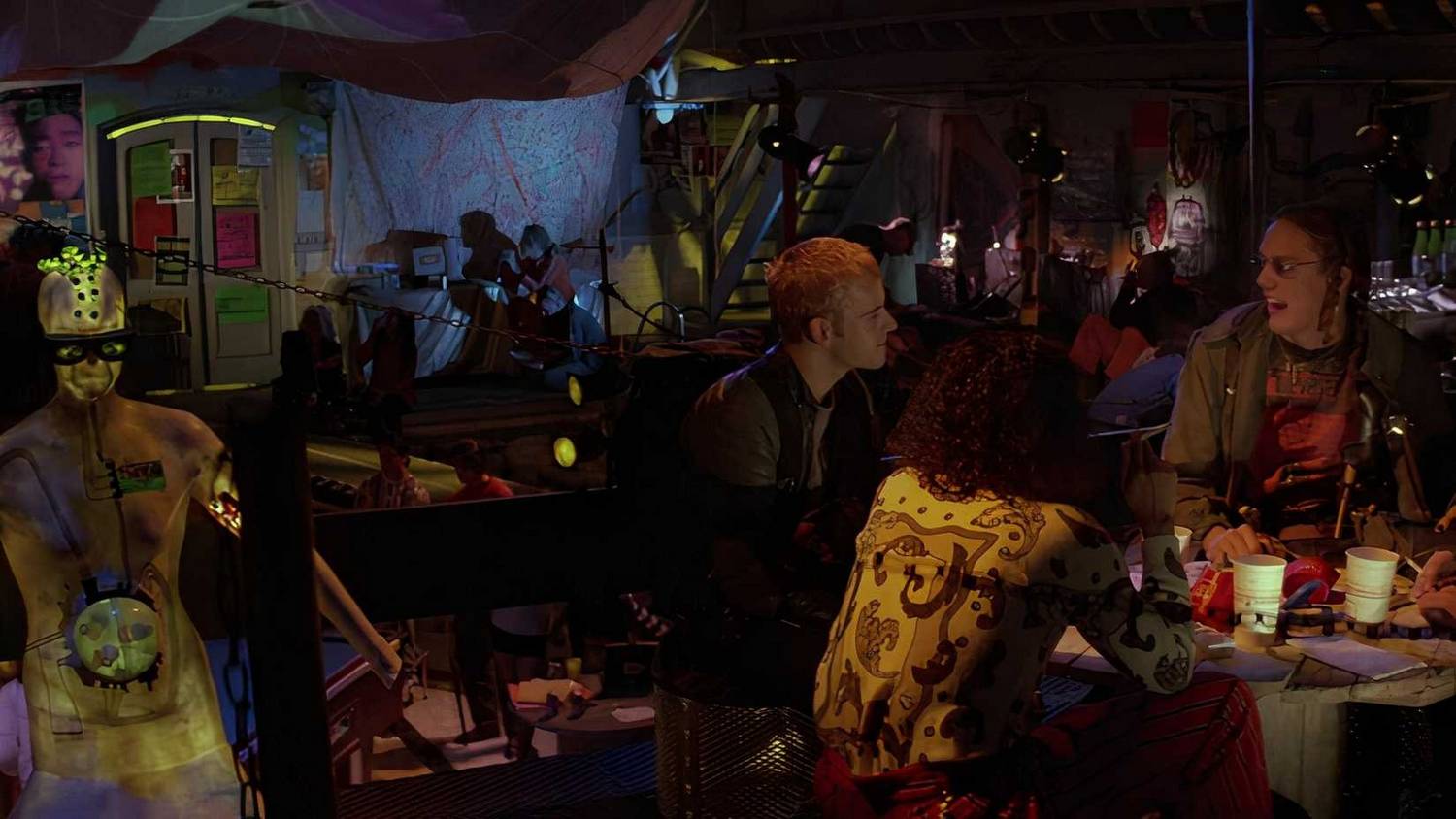 Today, as we see a resurgence in ’90s fashion and culture, “Hackers” stands tall as a quintessential representation of the era. It’s a movie that doesn’t just invite you to watch; it invites you to participate in its world. Its legacy is not found in technical accuracy but in the cultural imagination it inspired. The movie’s enduring appeal proves that sometimes, the most perfect time capsules are not the ones that meticulously document reality, but those that amplify its most rebellious, stylish, and unforgettable elements. For those looking for a perfect dose of nostalgia or a thrilling dive into a glamorized digital past, “Hackers” remains the ultimate destination. It’s a film that truly lived up to its mantra: “Hack the Planet!”
Today, as we see a resurgence in ’90s fashion and culture, “Hackers” stands tall as a quintessential representation of the era. It’s a movie that doesn’t just invite you to watch; it invites you to participate in its world. Its legacy is not found in technical accuracy but in the cultural imagination it inspired. The movie’s enduring appeal proves that sometimes, the most perfect time capsules are not the ones that meticulously document reality, but those that amplify its most rebellious, stylish, and unforgettable elements. For those looking for a perfect dose of nostalgia or a thrilling dive into a glamorized digital past, “Hackers” remains the ultimate destination. It’s a film that truly lived up to its mantra: “Hack the Planet!”

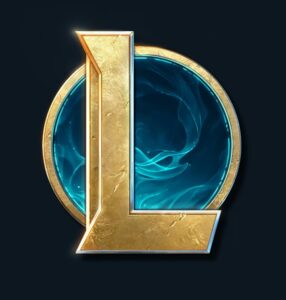
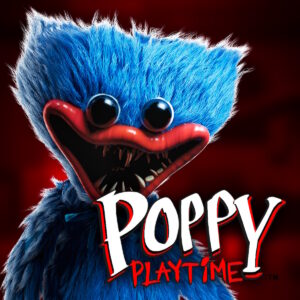

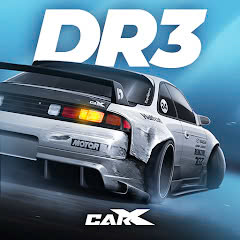
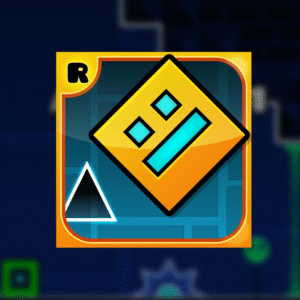


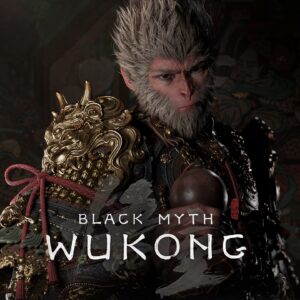
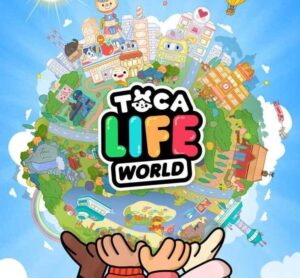

 A Stylistic Time Capsule of ’90s Excess
A Stylistic Time Capsule of ’90s Excess